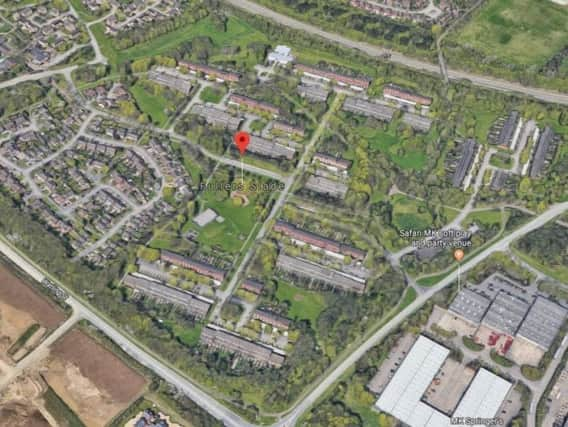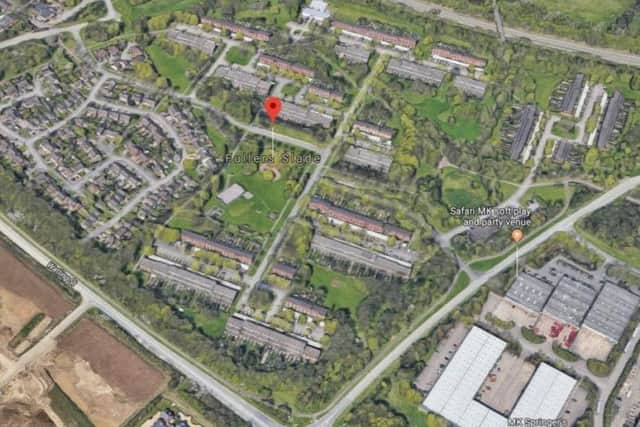NONE of the Fullers Slade regeneration possible options in Milton Keynes are currently financially viable – report


Milton Keynes Council employed real estate specialists Savills to take a look into some of the possible options for Fullers Slade and all of them are in the red.
Neither the council nor Savills are worried about the early figures, published in a report presented to a committee meeting on Thursday. Savills say such results are not unusual at an early stage, and the council is confident that financial gaps can be closed.
Advertisement
Advertisement
Councillors and residents on Fullers Slade are due to be given updated figures at a meeting in September. After then, residents on the estate are set to be offered the chance to vote in a ballot on options. Councillors and council officers were at pains to say that the process would be led by residents.


Savills has looked at four possible approaches for the regeneration of the estate, which was built by the Milton Keynes Development Corporation in 1971-72:
They did not look at the first possibility, which is to do nothing apart from maintain council houses.
Approach 2 is for infill development, including 192 new homes. It has been estimated to cost £54.7million and have a funding deficit of £12.89million after new homes are sold.
Advertisement
Advertisement
The third approach would involved the demolition of 42 homes and the building of 302 new properties, with refurbishment works to 278 council owned houses, and some demolition. The cost has been estimated at £95.4 million with a deficit of £33.4 million.
The fourth possibility is the comprehensive regeneration of the entire estate, which has 453 homes, including 176 resident and housing association-owned properties.
Under assumptions produced by Savills, if it is comprehensively rebuilt, the estate would grow from 453 to 1,272 properties, including 352 one bed flats, 553 two bed flats and 366 three bed houses. It assumes more than 700 properties would be built for market sale.
The cost of that is put at £254.5 million, with a financial shortfall of £53.1 million.
Advertisement
Advertisement
Savills say their favoured options of those considered would be the second or the third.
A meeting of MK Council’s Regeneration Cabinet on Thursday was told that council officers will be refining the approaches to explore ways of reducing or mitigating the funding gap. They will be probing the figures and refining costs and rent offers and running forecasts, including business planning.
Michael Kelleher, the council’s director for housing and regeneration, told the meeting that the Savills report was challenging but is “illustrative only” and not definitive.
The Savills report says: “The outputs of our appraisal work to date indicate significant viability gaps for each of the three options we have appraised. This is not uncommon for estate regeneration projects at the early feasibility stage.”